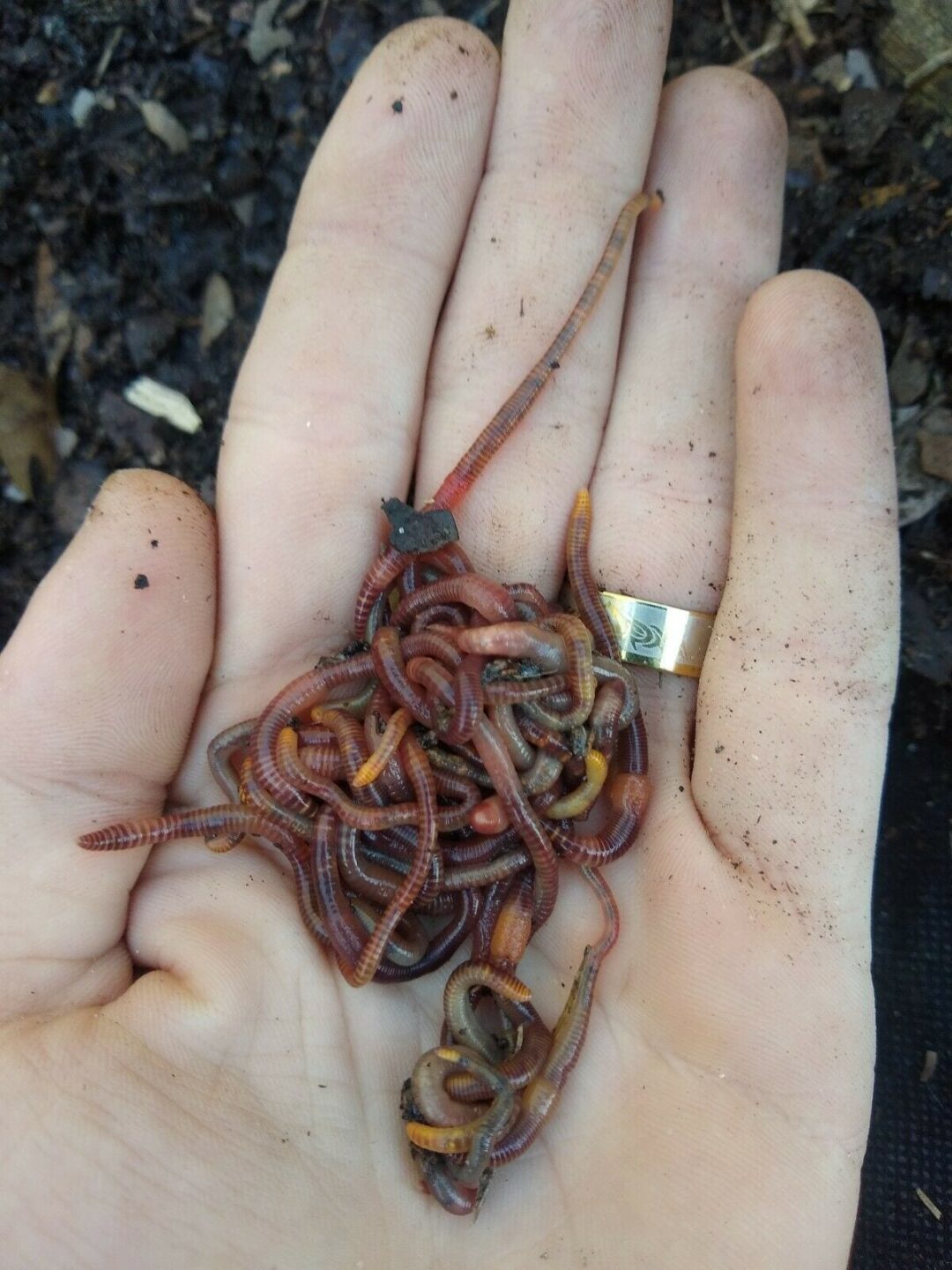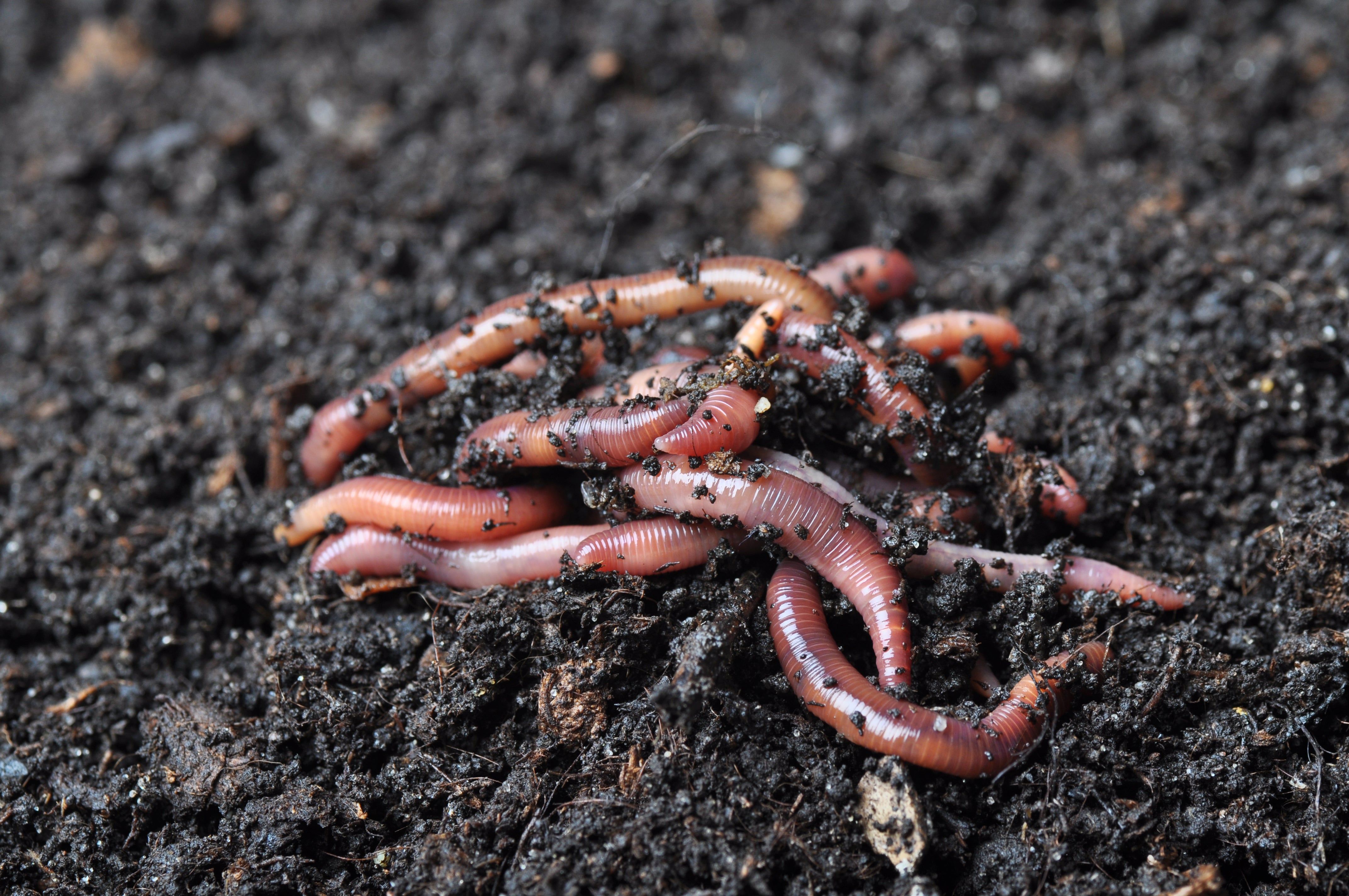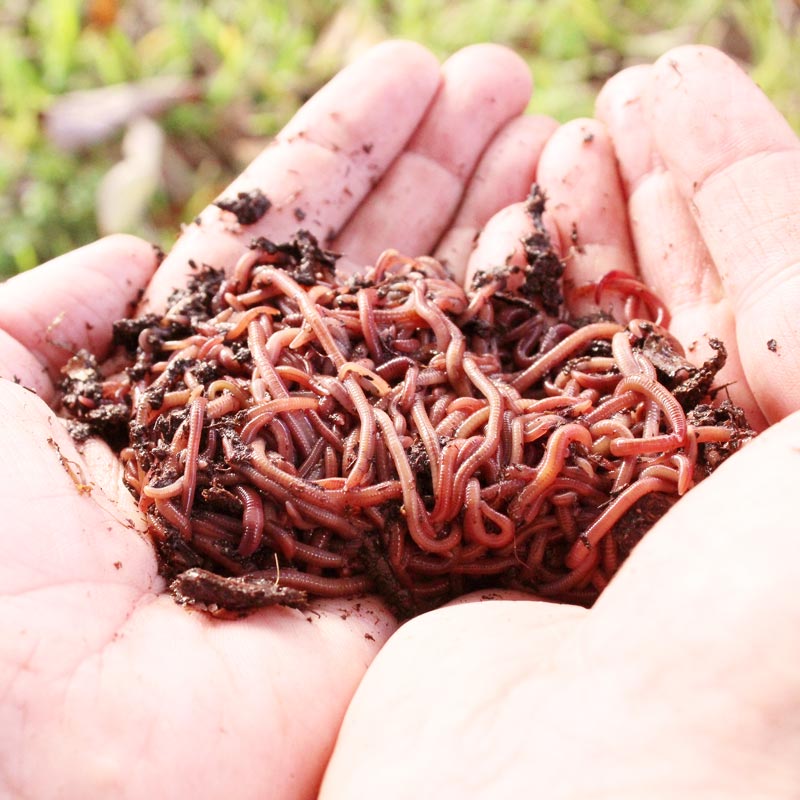Red Wigglers: The Unsung Heroes of Organic Waste Recycling
Red wigglers, or Eisenia fetida, function as crucial agents in the natural waste recycling process, changing disposed of products into important vermicompost. Their effective breakdown of natural issue not just enhances soil quality but additionally contributes to lasting waste monitoring practices. As the globe increasingly seeks solutions to battle waste accumulation and improve farming performance, recognizing the role of these worms ends up being vital. What mechanisms enable them to prosper in garden compost atmospheres, and just how can they be successfully used in both domestic and business setups? Exploring these concerns discloses the more comprehensive implications of vermicomposting in our eco-friendly landscape.
What Are Red Wigglers?
The amazing resilience of red wigglers, scientifically recognized as Eisenia fetida, underscores their crucial duty in organic waste recycling. These tiny, reddish-brown earthworms are normally found in disintegrating raw material, such as compost heap and manure heaps. Lake Hickory Bait. Unlike various other earthworm varieties, red wigglers flourish in nutrient-rich environments and are extremely efficient at damaging down natural products, making them essential for vermicomposting

(Red Wiggler Express)In enhancement to their function in waste decrease, red wigglers add to soil health by boosting soil structure and aeration via their delving tasks (Lake Hickory Bait). Their existence in composting systems not just enhances decay prices yet also advertises a lasting approach to lose management, highlighting their relevance in environmental conservation efforts
Benefits of Composting With Worms
Composting with worms, specifically red wigglers, uses various benefits that enhance both waste administration and soil wellness. These worms successfully break down organic waste, converting it right into nutrient-rich vermicompost that enriches dirt. This procedure speeds up decay, permitting a quicker recycling of cooking area scraps and other organic materials contrasted to traditional composting approaches.
Furthermore, the vermicompost created by red wigglers is including valuable microbes, which aid enhance soil framework, aeration, and wetness retention. This improves the total wellness of plants, promoting strenuous growth and increased yields in yards and agricultural setups. The usage of worms in composting decreases the production of greenhouse gases, such as methane, adding to a more lasting waste administration system.

Just How to Start Vermicomposting
Developing a vermicomposting system is an uncomplicated process that can yield considerable advantages for both waste monitoring and soil enrichment. To begin, choose a suitable container, such as a plastic bin or wooden box, with sufficient air flow openings to make certain correct air flow. The dimensions ought to ideally be about 2 feet by 3 feet, enabling adequate room for the worms to flourish.
Next, prepare bedding material, click here to read which can include shredded paper, cardboard, or coconut coir. This bedding should be moistened to create an appropriate environment for the worms. When the bed linen remains in area, introduce red wigglers (Eisenia fetida) into the bin, usually around one extra pound of worms for every square foot of surface area.
Complying with the positioning of worms, add natural waste, such as vegetables and fruit scraps, coffee premises, and crushed eggshells. Avoid adding dairy, meat, or oils, as these can develop smells and attract pests. Position the bin in a shaded, temperature-controlled location to preserve ideal problems for worm activity. With these steps, you will efficiently start a vermicomposting system that adds to lasting waste monitoring and improves your soil.
Keeping a Healthy Worm Container
(Red Wiggler Express)Keeping a worm bin growing needs normal interest and like ensure the wellness of the red wigglers and the performance of the composting procedure. Appropriate maintenance starts with keeping an eye on the moisture levels; the container should be wet yet not waterlogged. A good general rule is to keep an uniformity comparable to a wrung-out sponge.
Gently mixing the bedding and food scraps every couple of weeks stops compaction and makes sure that all worms have access to oxygen. In addition, it is essential to feed the worms suitably.
If the container becomes too warm or cold, the worms may become worried. By vigilantly handling these variables, one can maintain a durable and effective worm container.
Influence On Sustainable Living
The successful maintenance of a worm bin not just profits the health and wellness of red wigglers however also contributes significantly to sustainable living practices. By recycling organic waste, such as cooking area scraps and backyard particles, red wigglers aid draw away considerable quantities of product from land fills. This reduction in waste not just lowers greenhouse gas emissions but additionally lessens the environmental burden connected with waste monitoring.
Furthermore, the spreadings generated by red wigglers function as a nutrient-rich natural fertilizer, boosting dirt health and promoting plant development. This natural choice to chemical plant foods supports lasting agriculture and horticulture methods, lowering dependence on synthetic inputs that can harm communities. Additionally, worm composting cultivates recognition of waste monitoring, motivating individuals and neighborhoods to take on even more sustainable practices.

Conclusion
In summary, red wigglers serve as important factors to natural waste recycling with their effective disintegration of natural products. Their capacity to generate nutrient-rich vermicompost boosts soil wellness and supports lasting farming techniques. By integrating vermicomposting right into waste monitoring strategies, individuals and neighborhoods can significantly decrease waste while advertising ecological sustainability. The duty of Eisenia fetida in fostering healthy and balanced environments emphasizes the significance of these microorganisms in attaining lasting living and boosting dirt fertility.